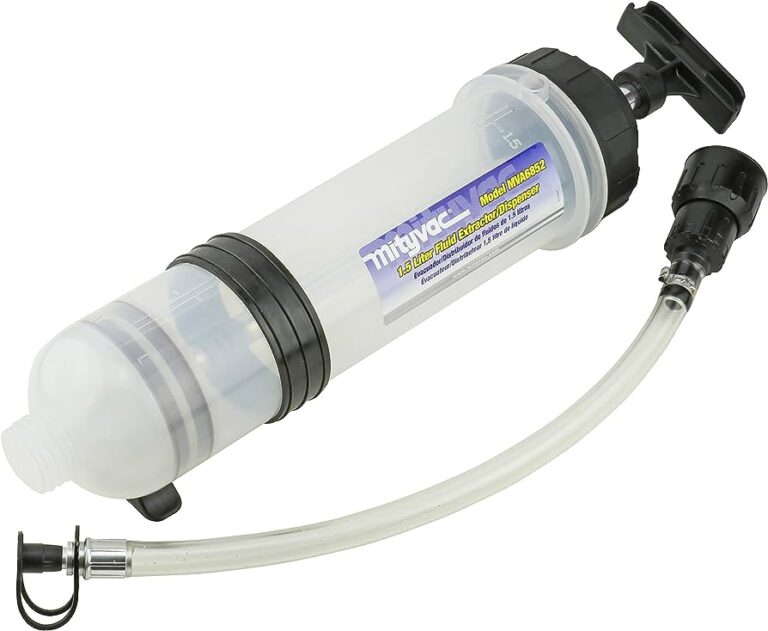How to Craft a Compelling Deviation Request
Imagine crafting a deviation request is like preparing a delicate recipe; one wrong ingredient can throw off the entire dish. You meticulously measure each component, ensuring that every step is executed flawlessly.
As you navigate the intricacies of drafting a compelling deviation request, you realize that the art lies in the details. But how do you master this art and create a request that captivates your audience while persuading them to see your perspective?
Key Takeaways
- Clearly outline reasons and impact of deviation.
- Provide data and evidence to support the request.
- Communicate benefits and alignment with goals.
- Present a comprehensive plan with risks and mitigation.
Understanding the Purpose
To understand the purpose of a deviation request, you must grasp its significance in justifying necessary changes to established processes or procedures. When crafting a request, it's essential to clearly outline why the deviation is needed and how it aligns with quality standards.
The request serves as a formal plea for approval, whether the change is temporary or permanent. By detailing the reasons behind the request and its potential impact, stakeholders can evaluate the proposal thoroughly. Your request should be comprehensive, providing factual information to support the proposed deviation.
It's crucial to present a compelling case that highlights the importance of the change while ensuring that all aspects are covered. Understanding the purpose of a deviation request is key to successfully navigating the approval process and implementing changes effectively.
Identifying Key Stakeholders
Identify key stakeholders in your project or process by delineating their specific roles and responsibilities within the context of the deviation request. Key stakeholders play vital roles in the decision-making process and implementation of the deviation. Understanding who these individuals are and how they contribute is essential for a successful request. Below is a table that outlines some key stakeholders and their responsibilities:
| Stakeholder | Role | Responsibility |
|---|---|---|
| Project Managers | Oversee project execution | Ensure project goals align with deviation objectives |
| Quality Assurance Personnel | Ensure compliance with standards | Assess impact of deviation on quality standards |
| Regulatory Compliance Officers | Ensure adherence to regulations | Evaluate deviation's compliance with regulations |
| Subject Matter Experts | Provide specialized knowledge | Offer insights on technical aspects of the deviation |
| Decision-Makers | Approve deviations | Evaluate risks and benefits before approving deviation |
Identifying these key stakeholders and involving them in the deviation request process is crucial for garnering support and ensuring the request aligns with project objectives.
Building a Strong Rationale
Crafting a compelling rationale for the deviation request is crucial for ensuring stakeholders understand the necessity and potential benefits of this change. By clearly outlining the impact on project schedule, cost, or quality metrics, we provide a solid foundation for our argument. Concrete data or evidence, such as projected timelines or cost comparisons, can support the need for deviation. This proposed change aligns with the project's overarching goals by improving efficiency, meeting regulatory requirements, or enhancing the final product's quality. Highlighting potential risks, such as delays or increased costs, along with benefits like improved performance or regulatory compliance, helps stakeholders see the full picture. Addressing stakeholders' concerns directly shows that we have considered all perspectives and are committed to the project's success. A detailed and thorough rationale eliminates ambiguity and builds confidence in the proposed deviation. By demonstrating how this change can benefit the project in the long run, we strengthen our case. Clarity, conciseness, and precision in our explanation make it easier for others to understand and support our request, ultimately increasing the likelihood of approval.
Communicating Clear Benefits
By clearly communicating the specific advantages and potential benefits of the proposed deviation, you can effectively emphasize its value and impact on the project's success.
When crafting your communication, ensure you articulate how the deviation will lead to cost savings, efficiency improvements, or quality enhancements. Quantify the potential benefits by stating specifics like reducing production time by X%, lowering material costs by $Y, or enhancing product performance metrics.
It's crucial to highlight how this deviation aligns with strategic objectives, regulatory requirements, or industry best practices to emphasize its importance. Provide concrete examples or case studies that demonstrate successful implementation of similar deviations and their positive outcomes.
Show a deep understanding of the potential impact on stakeholders, processes, and outcomes to build a compelling case for the deviation request. By presenting this information in a clear and detailed form, you can effectively communicate the benefits and gain support for your deviation request.
Presenting a Comprehensive Plan
To develop a comprehensive plan for presenting a deviation request, it's imperative to provide a detailed description of the proposed variance in the request form. Clearly state the specific requirement being deviated from and articulate the rationale behind the deviation. This information is crucial for stakeholders to understand the purpose and necessity of the requested variation.
Additionally, outline the potential impact of the proposed deviation on the project or process within the request form. Highlight any associated risks or benefits to provide a comprehensive view of the situation. Justify why the proposed deviation is essential and demonstrate how it aligns with project goals or quality standards.
Define the scope of the deviation by specifying any limitations, alternative solutions considered, and potential mitigation strategies. By keeping the request concise and focused on key points in the request form, you ensure clarity and facilitate decision-making by stakeholders, aiding in the efficient processing of the deviation request.
Frequently Asked Questions
How Do You Write a Deviation Request?
When writing tips on crafting a deviation request, focus on clarity, justification, and scope. Detail the nature, reasons, and benefits concisely. Ensure stakeholders comprehend the proposed changes. Your goal is a compelling request for effective decision-making.
How Do You Write a Deviation Procedure?
When writing a deviation procedure, adhere to clear Writing Guidelines. Detail roles, responsibilities, and approval steps. Document deviations meticulously for compliance and improvement. Craft a procedure that ensures consistency in managing deviations effectively.
What Is a Request for Deviation?
In a deviation process, you seek approval to deviate from standards. Your request must detail changes, reasons, impacts, and plans. It ensures transparency and compliance. Crafting it requires communication, analysis, and alignment.
What Is the Difference Between a Waiver and a Deviation?
When seeking a waiver, you're looking for a pass on a requirement, often for a longer period. In contrast, a deviation is a temporary request to go off course from a process.
Conclusion
In crafting a compelling deviation request, remember to focus on presenting clear benefits, building a strong rationale, and communicating effectively with key stakeholders.
By understanding the purpose and presenting a comprehensive plan, you can make a persuasive case for your proposed deviation. Keep your request concise and factual, tailored to your audience's knowledge level.
By following these steps, you can increase the likelihood of your request being accepted and implemented successfully. Remember, clarity and thoroughness are key to your success.


